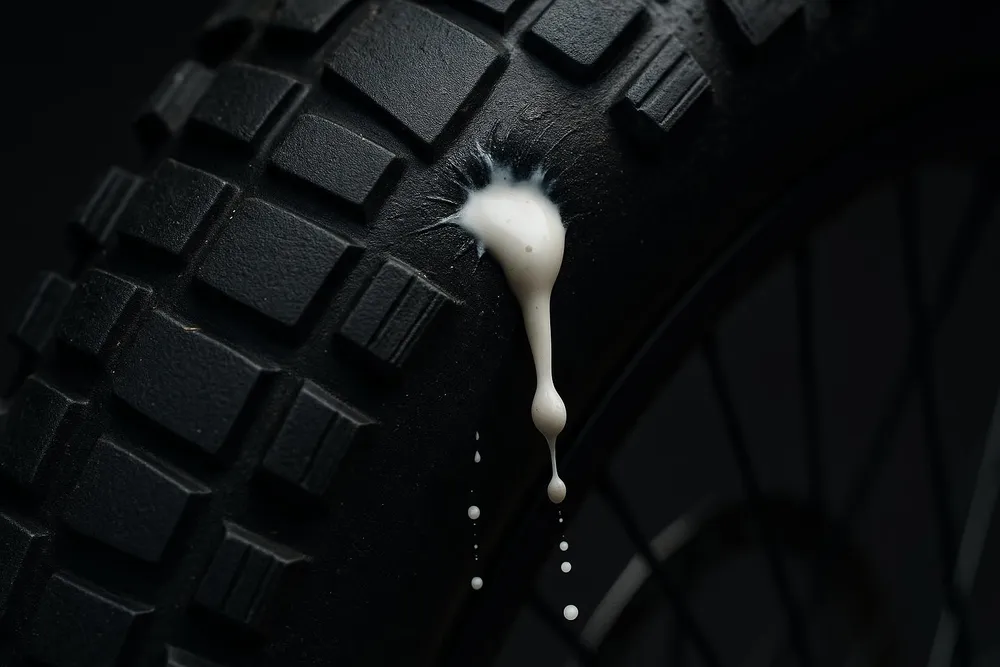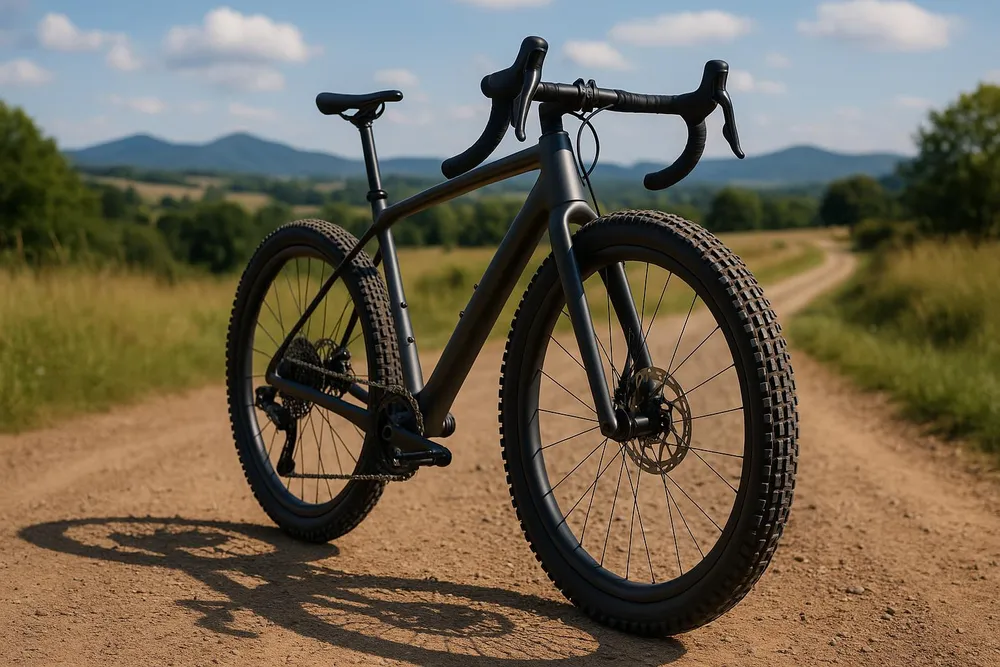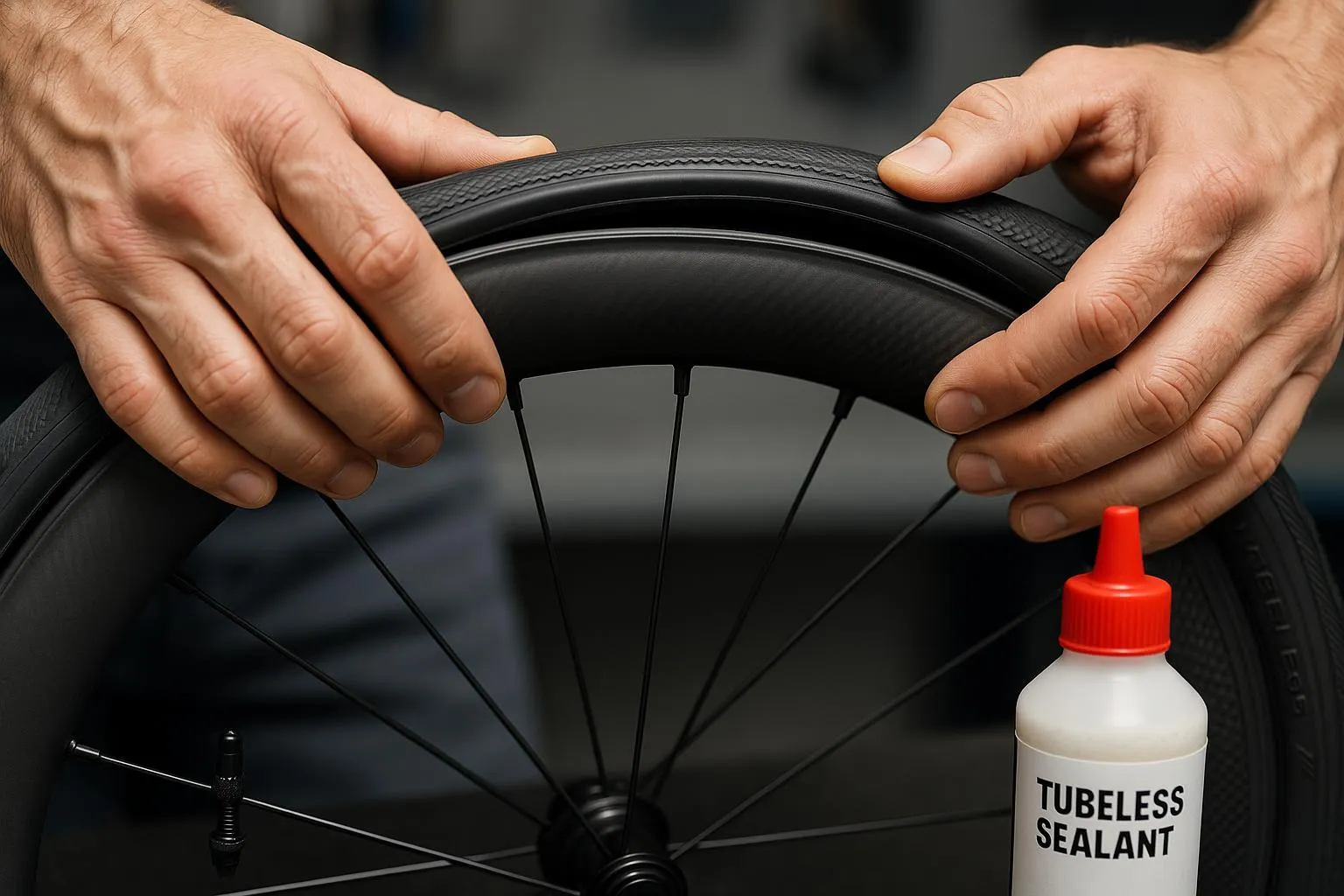For decades, the humble inner tube has been a cycling staple, a necessary evil that riders have begrudgingly accepted. But in 2025, the reign of the inner tube is officially coming to an end. The tubeless tire revolution, which has been simmering for years, has finally reached its boiling point, with a new generation of technology that makes the switch more compelling than ever. From near-instantaneous puncture sealing to a smoother, more comfortable ride, the benefits of tubeless are undeniable. If you’ve been on the fence about ditching the tubes, 2025 is the year to take the plunge.
The concept of tubeless tires is not new, but recent advancements have transformed it from a niche technology for early adopters into a mainstream solution for cyclists of all disciplines. The latest tubeless systems are more reliable, easier to install, and offer a level of performance that traditional clincher tires simply cannot match. Whether you’re a road racer, a gravel grinder, a mountain biker, or a daily commuter, tubeless technology has something to offer you.
The End of Punctures as We Know Them
The most significant advantage of tubeless tires is their ability to self-seal punctures. By replacing the inner tube with a liquid sealant, tubeless systems can automatically plug small holes and cuts in the tire, often without the rider even noticing. This means no more frustrating roadside repairs, no more fumbling with tire levers and patch kits, and no more rides cut short by a pesky flat. For many cyclists, this alone is reason enough to make the switch.
The sealant technology itself has also seen significant improvements in 2025. The latest formulas are more effective at sealing larger punctures, last longer before needing to be refreshed, and are more environmentally friendly. Some brands are even developing
sealants with integrated micro-particles that create an even stronger and more permanent seal.

A Smoother, Faster, and More Comfortable Ride
Beyond puncture protection, tubeless tires offer a significant improvement in ride quality. By eliminating the friction between the inner tube and the tire, tubeless systems reduce rolling resistance, which means you can go faster with the same amount of effort. This is particularly noticeable on rough or uneven surfaces, where the tire is able to deform and absorb vibrations more effectively.
Furthermore, tubeless tires can be run at lower pressures than traditional clincher tires without the risk of pinch flats. This allows for a more supple and comfortable ride, with improved traction and control. Whether you’re cornering on a fast descent or navigating a technical section of trail, the ability to run lower pressures can make a world of difference.
The Rise of Hookless Rims and Wider Tires
The tubeless revolution has also been fueled by advancements in rim and tire design. The growing popularity of hookless rims, which have a straight-sided design instead of the traditional hooked bead, has made tubeless setup easier and more reliable. Hookless rims are also lighter and stronger than their hooked counterparts, and they allow for a more seamless interface between the tire and the rim.
In conjunction with the move towards hookless rims, there has been a trend towards wider tires across all cycling disciplines. Wider tires offer a larger contact patch with the ground, which improves traction and stability. They can also be run at lower pressures, which further enhances comfort and control. The combination of tubeless technology, hookless rims, and wider tires has created a new paradigm in cycling performance, one that prioritizes comfort, control, and versatility.

Making the Switch: What You Need to Know
While the benefits of tubeless are clear, making the switch can seem daunting for those who are unfamiliar with the technology. However, the process has become much more straightforward in recent years, thanks to improved product design and a wealth of online resources. To go tubeless, you will need a set of tubeless-compatible wheels and tires, tubeless valve stems, and a bottle of sealant. Most new mid- to high-end bikes now come with tubeless-ready wheels and tires, making the conversion process even easier.
The installation process typically involves seating the tire on the rim, adding the sealant, and inflating the tire with a high-volume pump or compressor to create an airtight seal. While it may take a bit of practice to perfect the technique, the rewards are well worth the effort. Once you experience the freedom and performance of a tubeless setup, you’ll wonder why you didn’t make the switch sooner.
The Future of Tubeless Technology
The tubeless revolution is showing no signs of slowing down. As we look to the future, we can expect to see even more innovation in this space. Airless tire systems, such as those being developed by Tannus, offer the promise of a completely puncture-proof solution, eliminating the need for sealant altogether. We are also seeing the integration of smart sensors into tires, which can provide real-time data on tire pressure and temperature, further enhancing safety and performance.
In conclusion, 2025 is the year that tubeless tire technology has truly come of age. With its unparalleled puncture protection, improved ride quality, and a growing ecosystem of compatible products, tubeless is no longer a niche technology for the adventurous few. It is the new standard for modern cycling, and it’s a change that every rider should embrace.
For more insights on cycling and technology, explore our comprehensive guides on Gravel Bike Revolution: Bigger Tires, Bolder Adventures, and Essential Bike Maintenance Tips Every Cyclist Should Know.
Explore additional resources on Cycling Weekly, Tannus Airless Tires, Schwalbe Tubeless Technology, and Continental Tubeless Ready.




